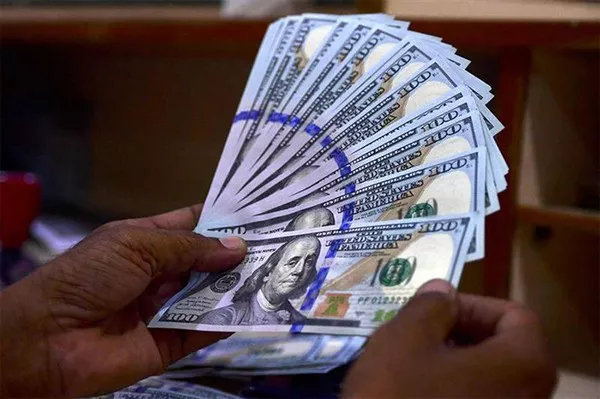In the intricate web of global finance, the strength of a nation’s currency serves as a barometer for its economic health. One currency that has consistently held its ground and, in fact, strengthened over time is the United States Dollar (USD). As investors and economists scrutinize the foreign exchange markets, the question arises: Why is the dollar getting stronger? To comprehend this phenomenon, it’s essential to delve into the multifaceted factors contributing to the resilience and ascendancy of the USD.
Robust Economic Fundamentals
At the heart of the dollar’s strength lies the robustness of the U.S. economy. The United States boasts a diverse and dynamic economic landscape, characterized by steady GDP growth, low unemployment rates, and a burgeoning technological sector. The resilience of the U.S. economy during periods of global economic uncertainty has bolstered investor confidence in the dollar, attracting capital inflows and driving its value upward.
The Federal Reserve’s proactive monetary policies, aimed at maintaining stable prices and sustainable economic growth, further contribute to the dollar’s strength. As the world’s primary reserve currency, the USD is perceived as a safe haven, particularly during times of global economic turbulence, attracting international investors seeking stability and security.
Interest Rate Differentials
Another critical factor influencing the strength of the dollar is the interest rate differentials between the United States and other major economies. The Federal Reserve’s decisions on interest rates play a pivotal role in shaping these differentials. Higher interest rates in the U.S. make dollar-denominated assets more attractive to investors, as they offer better returns compared to assets in countries with lower interest rates.
In recent years, the Federal Reserve has pursued a gradual tightening of monetary policy, raising interest rates to keep inflation in check and maintain economic stability. This divergence in monetary policy between the U.S. and other major economies, such as the Eurozone and Japan, has created a favorable environment for the dollar to appreciate, driving demand for U.S. assets.
Trade Surplus and Current Account Balance
The United States has experienced a notable improvement in its trade balance in recent years, contributing to the strength of the dollar. A trade surplus means that the value of exports exceeds imports, leading to an influx of foreign currency into the U.S. As a result, the demand for the dollar increases, bolstering its value in the foreign exchange markets.
Moreover, a positive current account balance, which includes not just the trade balance but also other cross-border transactions, reinforces the dollar’s position. The U.S. has witnessed a shift toward energy independence and increased exports, reducing its reliance on foreign oil and boosting its current account balance. This economic shift has positive implications for the dollar, as it reduces external vulnerabilities and enhances the overall economic outlook.
Geopolitical Stability and Global Trust
Geopolitical stability is a cornerstone of a strong and trusted currency. The United States, despite its domestic challenges, remains a global economic and political powerhouse. The rule of law, well-established institutions, and a transparent financial system contribute to the perception of the U.S. as a stable and reliable economic partner.
Global trust in the U.S. government and its financial institutions plays a crucial role in supporting the strength of the dollar. Investors and central banks worldwide continue to hold significant reserves in U.S. dollars, reinforcing its status as the world’s primary reserve currency. This global trust provides a solid foundation for the dollar’s strength, as international actors are more likely to conduct transactions and hold assets in a currency that is widely accepted and stable.
Fiscal Policy and Government Debt
Fiscal policy and the level of government debt also influence the strength of a currency. The United States has implemented a mix of fiscal measures to support economic growth, including tax cuts and stimulus packages. While these measures contribute to short-term economic expansion, they also lead to an increase in government debt.
However, the U.S. government debt is often perceived as manageable, especially when compared to the size and strength of the economy. The willingness and ability of the U.S. government to service its debt instill confidence in investors, preventing a significant erosion of trust in the dollar.
See Also How Much Money Is A Two Dollar Bill Worth
Conclusion
In the complex world of global finance, the strength of a currency is the result of a delicate interplay of economic, monetary, and geopolitical factors. The U.S. dollar’s resilience and ascension can be attributed to a combination of robust economic fundamentals, interest rate differentials, trade surpluses, geopolitical stability, and global trust. As the global economic landscape continues to evolve, understanding the dynamics behind the dollar’s strength is crucial for investors, policymakers, and anyone with a stake in the international financial system.


